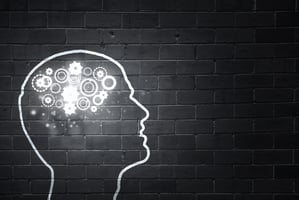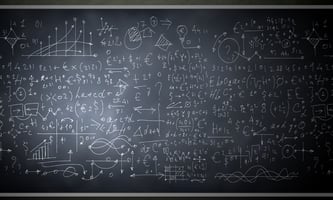Many operational decisions are now heavily reliant on automation - data, models, rules etc. We’re...
Attributes to consider in bias reviews
One of the questions we ask when we're looking for potential bias in our processes, models and rules is:
"What are the personal characteristics/attributes that, if included, could result in discrimination?"
Disclaimer: this is not legal advice.
There are hundreds of definitions that could apply.
In Australia alone, we have 5 federal laws. Each state/territory has their own set of legislation.
The definitions of what is not allowed vary, but there is some alignment.
For our purposes - eliminating bias - there are various characteristics/attributes we need to look for.
Here is one example of a definition detailed in the 2014 guide produced by the Australian Human Rights Commission, "A quick guide to Australian discrimination laws":
The Australian Human Rights Commission Act 1986 specifies "Discrimination on the basis of race, colour, sex, religion, political opinion, national extraction, social origin, age, medical record, criminal record, marital or relationship status, impairment, mental, intellectual or psychiatric disability, physical disability, nationality, sexual orientation, and trade union activity."
There is lots to take in there, just within this one definition.
Then there are other laws, other definitions, etc.
So how do we pull it all together?
Here is one way to simplify it: grouping the attributes into five core categories:
-
Age
-
Race
-
Sex/gender
-
Disability
-
Activity/beliefs
Each of the five categories contains several attributes.
Detailing the attributes helps provide context, and supports our efforts to reduce bias:
|
# |
Category |
Attributes |
|
1 |
Age |
Age, including age-specific characteristics. |
|
2 |
Race |
Race, colour, descent, nationality, origin (ethnic, national, ethno-religious), immigrant status, physical features. |
|
3 |
Sex / gender |
Gender, sex, gender identity, intersex status, sexual activity, sexual orientation Marital or relationship status, parental status, pregnancy or potential pregnancy, breastfeeding or bottle feeding, family or carer responsibilities. |
|
4 |
Disability |
Physical, intellectual, psychiatric, sensory, neurological or learning disability Physical disfigurement, disorder, illness or disease that affects thought processes, perception of reality, emotions or judgement, or results in disturbed behaviour Presence in body of organisms causing or capable of causing disease or illness. |
|
5 |
Activity / beliefs |
Religious/Political: beliefs, activity or affiliation Profession, trade, occupation; industrial or trade union activity. |
In addition to these:
-
There are a few others that may need to be considered in particular circumstances. These include discrimination on the basis of irrelevant medical records and/or irrelevant criminal records.
-
There is also potential discrimination on the basis of association with a person who has any of the attributes.
Not an exact science, but I find it helpful to think about it in this way.




